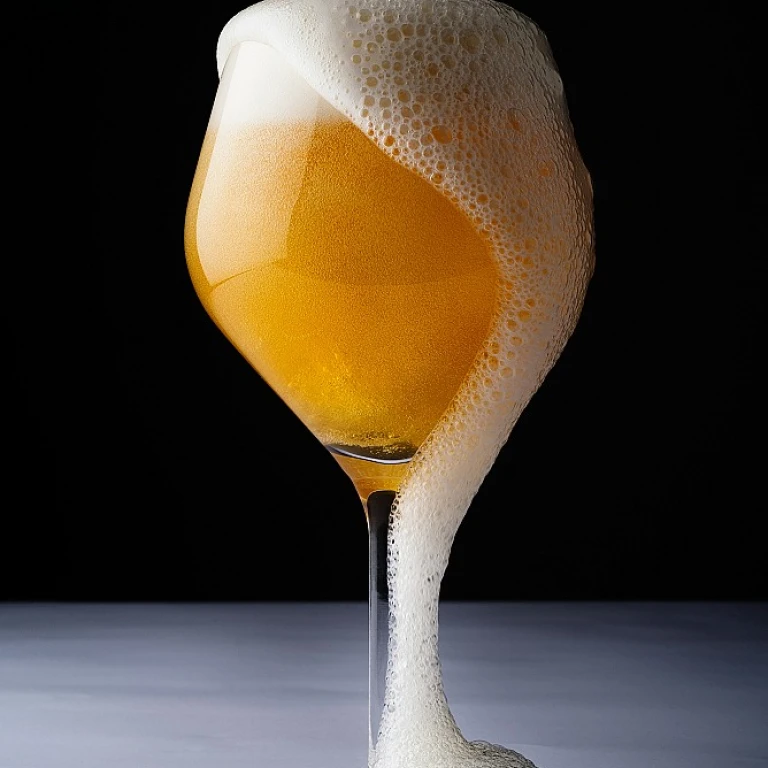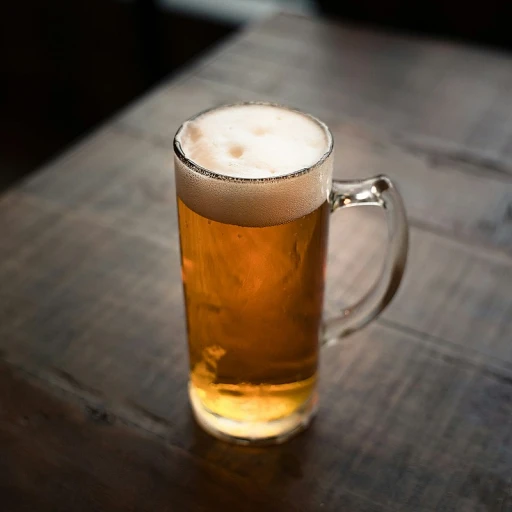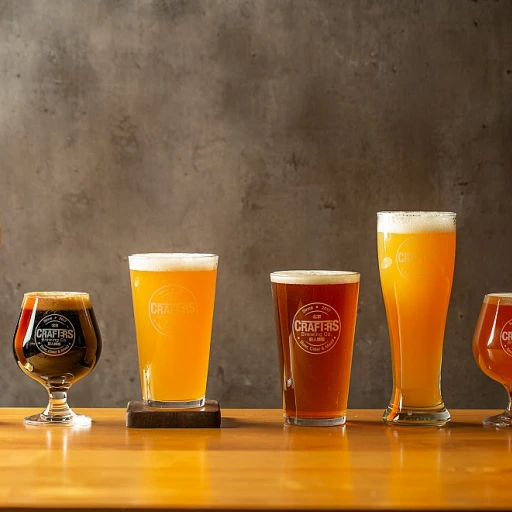
American pale ale and ipa: the basics behind the names
Understanding the origins of American pale ale and IPA
When you walk down the beer aisle, American pale ale (APA) and India pale ale (IPA) often catch your eye. Both are hop-forward styles, but their names hint at different stories and brewing traditions. The term "pale ale" originally described beers brewed with pale malt, giving them a lighter color and a crisp, balanced profile. As brewing evolved in America, local ingredients and preferences shaped the APA into a distinct style—lighter, more approachable, and with a focus on American hops.
IPAs, on the other hand, have roots in British brewing, where extra hops were added to help beer survive long sea journeys. American brewers later adopted and transformed the IPA, dialing up the hop intensity and experimenting with bold flavors. Today, both APA and IPA are staples of the craft beer scene, but their differences go beyond just the name.
If you want to see how modern breweries put their own spin on these classic styles, check out this detailed look at Fantasy Factory IPA. It’s a great example of how American brewers continue to innovate with hops and flavor.
Hops, bitterness, and flavor: what your taste buds will notice
What sets the flavors apart?
When you sip an American Pale Ale (APA) or an India Pale Ale (IPA), the difference is often clear from the first taste. Both styles showcase hops, but how they do it—and the impact on your palate—varies quite a bit.
- American Pale Ale: Expect a balanced profile. The hops bring citrus, pine, or floral notes, but the malt backbone is present, offering a touch of sweetness and a smooth finish. Bitterness is noticeable but not overwhelming, making APAs approachable for many beer drinkers.
- IPA: Here, hops take center stage. Flavors can range from bold citrus and tropical fruit to resinous pine and even earthy tones. The bitterness is usually more pronounced, and the aroma is often more intense. Some IPAs can be quite strong, both in flavor and alcohol content.
How bitterness and aroma shape your experience
The main difference most people notice is the level of bitterness. IPAs are generally hoppier and more bitter than APAs, which tend to be more balanced. This is due to the amount and type of hops used, as well as when they're added during brewing. If you want to dive deeper into how bitterness is measured and what it means for your beer, check out this guide on exploring the ABV of Hopsecutioner IPA.
While both styles can be refreshing, your preference might depend on how much you enjoy bold hop flavors versus a more rounded, easy-drinking beer. The next section will look at how American brewers have put their own spin on these classic styles.
Brewing styles: how american brewers changed pale ales and ipas
American innovation in brewing techniques
American brewers have played a major role in shaping both American Pale Ales (APAs) and IPAs. While the roots of these styles come from British brewing traditions, U.S. craft brewers have taken them in bold new directions. The use of local ingredients, especially American-grown hops, has led to unique flavors and aromas that set these beers apart from their European ancestors.
What sets American brewing apart?
- Hop-forward profiles: American brewers often highlight citrusy, piney, and tropical hop flavors, making both APAs and IPAs stand out for their aromatic intensity.
- Experimentation: There’s a spirit of creativity—brewers frequently try new hop varieties, dry-hopping techniques, and even barrel-aging to create distinctive beers.
- Balance and drinkability: APAs tend to be more balanced, with a moderate bitterness and a lighter body, while IPAs push the envelope with higher bitterness and alcohol content.
From classic to cutting-edge
The evolution of these styles is ongoing. For example, some breweries have introduced hazy or New England IPAs, which focus on juicy, less bitter hop flavors. Others experiment with session versions for lower alcohol content or double IPAs for a stronger punch. This constant innovation keeps the American beer scene exciting and diverse.
If you’re interested in how American brewers approach other styles, check out this guide to must-try American stouts for another example of creativity in U.S. brewing.
Choosing your beer: when to pick an american pale ale or an ipa
Finding the right beer for your mood and meal
Choosing between an American Pale Ale (APA) and an India Pale Ale (IPA) often comes down to what you’re in the mood for and what you’re pairing your beer with. Here are some tips to help you decide:
- Looking for balance? APAs tend to offer a more balanced profile, with moderate bitterness and a noticeable but not overwhelming hop character. They’re great for those who want a refreshing beer that won’t overpower their palate.
- Craving bold flavors? IPAs usually bring stronger hop aromas, higher bitterness, and more intense flavors. If you enjoy citrus, pine, or tropical notes and don’t mind a bit of a bite, an IPA could be your go-to.
- Pairing with food? APAs pair well with lighter dishes like grilled chicken, salads, or seafood, thanks to their crisp finish. IPAs, with their robust flavors, can stand up to spicy foods, burgers, or rich cheeses.
- Session or celebration? If you’re planning to have more than one, APAs are generally lower in alcohol, making them a good choice for a sessionable drink. IPAs, with their higher ABV, might be better suited for savoring slowly.
Remember, your choice might also depend on the specific brewery’s take on these styles, as American brewers have put their own spin on both APAs and IPAs over time. Don’t hesitate to sample a few and see which fits your taste best!
Terms, rights, and the evolution of ales and ipas
Understanding the language of ales
The world of American Pale Ales (APAs) and India Pale Ales (IPAs) is full of unique terms and evolving definitions. Over time, brewers and beer fans have shaped the language we use to describe these styles. For example, the word "pale ale" once referred to any lighter-colored beer, but today it often means a balanced, hop-forward brew with moderate strength. "IPA" has also grown to include a wide range of substyles, from session IPAs to double and hazy IPAs.
Trademarked names and style guidelines
Some beer names and terms are protected by trademarks, especially when breweries want to stand out in a crowded market. However, style guidelines—like those from the Brewers Association—help keep definitions clear for both brewers and drinkers. These guidelines describe expected flavors, aromas, and strengths, making it easier to know what you’re getting when you order an APA or IPA.
How styles continue to evolve
American brewers have never stopped experimenting. New hop varieties, brewing techniques, and creative twists mean that the line between APAs and IPAs is always shifting. What was once considered an IPA might now be seen as a strong pale ale, and vice versa. As you explore these beers, you’ll notice that the boundaries are flexible, and that’s part of the fun of craft beer.
- Session IPA: Lower alcohol, big hop flavor
- Double IPA: Higher alcohol, intense bitterness
- Hazy IPA: Juicy, less bitter, cloudy appearance
- Classic APA: Balanced, crisp, and approachable
Whether you’re ordering at a bar or browsing your local bottle shop, understanding these terms helps you find the beer that matches your taste. The evolution of APAs and IPAs shows how creative and dynamic the beer world can be.













